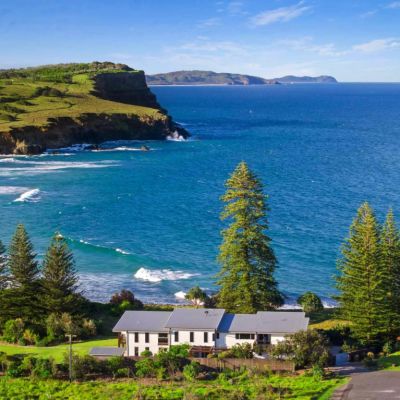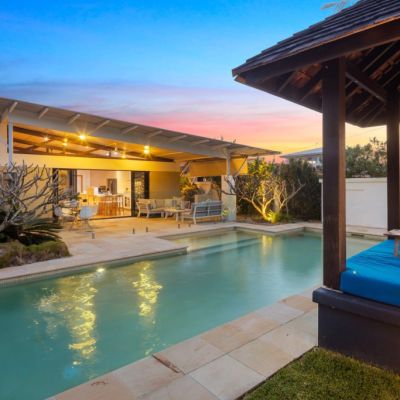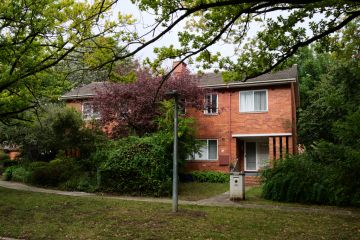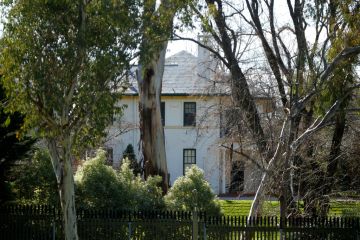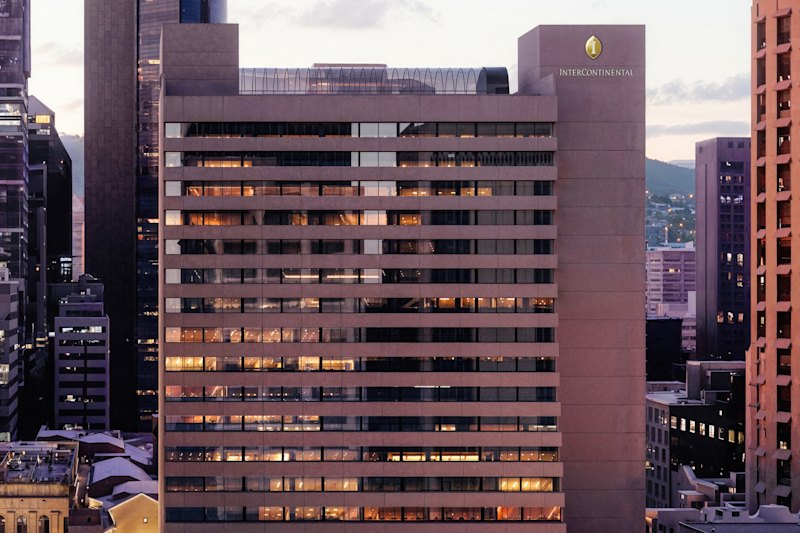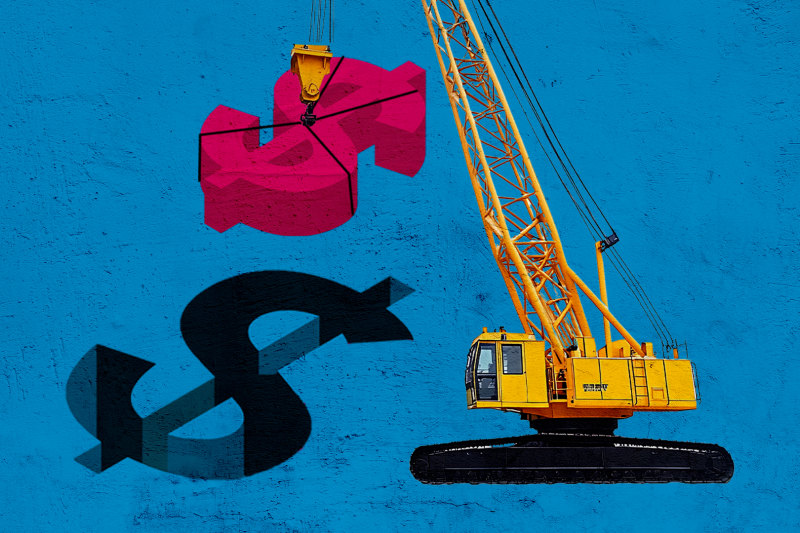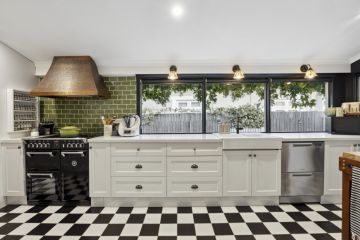Unit prices soar in coastal hotspots across south-east Queensland, northern NSW
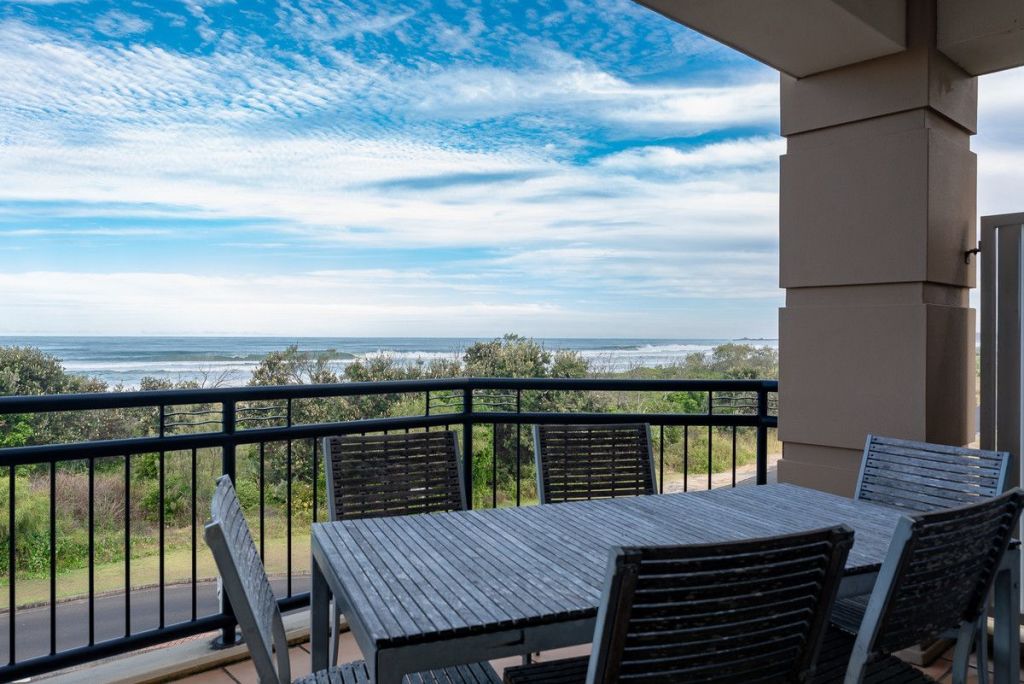
The pandemic property boom has been the biggest for detached houses, but apartment prices in a string of coastal towns have also soared over the past year as city buyers chase an absolute-beachfront sea change.
Locked-down Melbourne and Sydney buyers have been looking for holiday boltholes in the sunshine, or permanent moves, competing with locals trading places and Brisbane buyers wanting to be near the beach.
Low interest rates have helped fuel rising property prices, alongside a rise in capital-city prices that gives home owners more options for their next move.
Unit prices on the Sunshine Coast have jumped, with Coolum Beach apartments up 40.2 per cent to a median $631,000 over the year to June, on Domain data.
Beachfront apartment complexes in the town have offered an affordable option, although there are few bargains left, said Richardson & Wrench Coolum’s James Henley.
“There’s definitely been a high growth in units,” he said. “Units have always done well but now that the lifestyle purchasers are in town from Sydney and Melbourne and Auckland and Brissie there’s nothing left that was historically affordable.”
He cites apartment blocks on the beachfront on David Low Way – the main road through the neighbourhood – which almost all have ocean views, as drawcards for buyers weary of being cooped up in cities, some of whom are taking virtual inspections and buying sight-unseen.
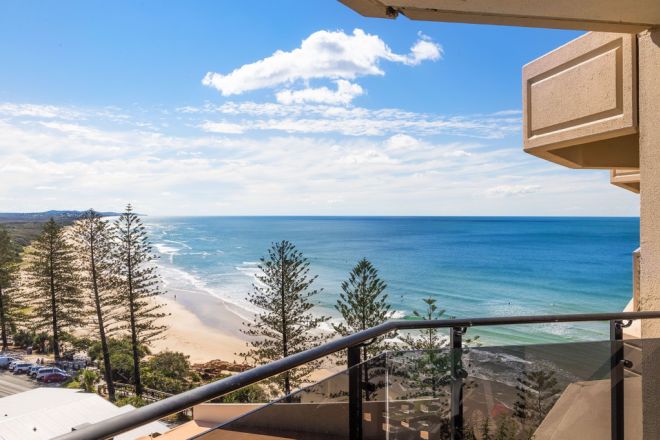
“At the start of the year it was all Melbourne buyers, now it’s New South Wales’ turn,” he said.
“There’s definitely a push for a permanent lifestyle change – all the feedback from them is they’ve been thinking about it for many years and COVID has given them the little nudge they needed.
“[If a] Brisbane buyer can work two days in the city, why not spend five days at the beachside?”
In Sunshine Beach at Noosa, units are up 27.1 per cent to a median $997,500 over the same period, while Noosaville units rose 23.4 per cent in a year to $695,000.
In Mooloolaba, where unit prices have risen 28 per cent in a year to $540,000, Leading Realty Sunshine Coast’s Trudy Hickey said she had never seen a market like this.
“Units are usually hard going [when it comes to] prices and the turnaround for clients,” she said. “There are a lot of owner-occupiers, and more owner-occupiers than I’ve seen previously, [but] investors are still buying.”
Of her most recent 20 sales, seven went to local owner-occupiers and 13 to investors, of which four were from NSW and Victoria and the rest from south-east Queensland.
Southern buyers have been taking virtual tours and buying sight-unseen, with some selling up and moving to Queensland, she said.
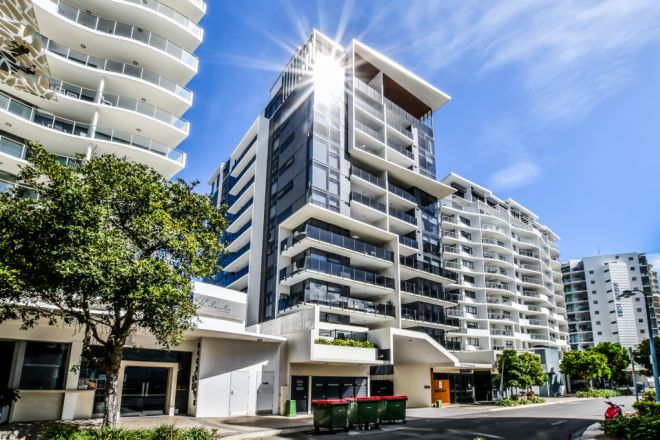
Strong unit price jumps were recorded along the coast, including Golden Beach on the Sunshine Coast (up 24.7 per cent to $545,000), Currumbin on the Gold Coast (up 22.6 per cent to $720,000), Tweed Heads West in northern NSW (up 31.1 per cent to $354,000) and nearby Kingscliff (up 30.4 per cent to $755,000).
David Stringer of DJ Stringer said he had seen a considerable increase in the apartment market up and down the sea strip, with new developments starting to spring up in response.
“People want to get their own little place in the sun,” he said. “People in Melbourne and Sydney … there’s a lot of people coming out of these areas pushing up north. COVID has made people realise lifestyle is really important.”
He attributed the jump in Kingscliff to Sydney buyers who wanted to keep a NSW address but be further out of the city during lockdown, with the option of being close to the Gold Coast airport when state border restrictions eased. As a small town, there is little on the market, pushing prices up.
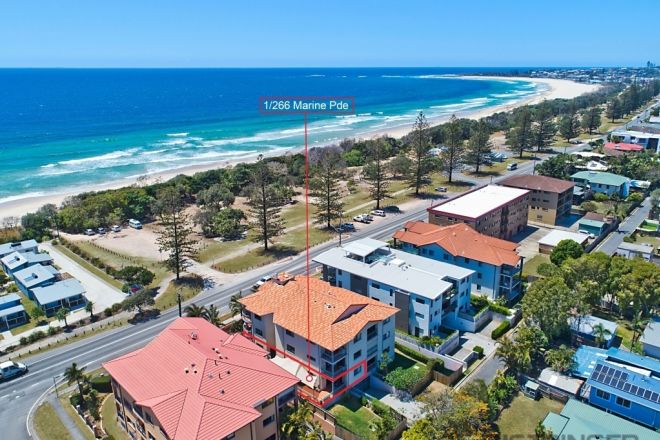
Further south, unit prices in Yamba, between Byron Bay and Coffs Harbour, jumped 34.1 per cent to a median $575,000 in a year.
LJ Hooker Yamba’s Kieran Mulvihill said he was fielding enquiries from buyers in Sydney, Melbourne, Brisbane and the Gold Coast.
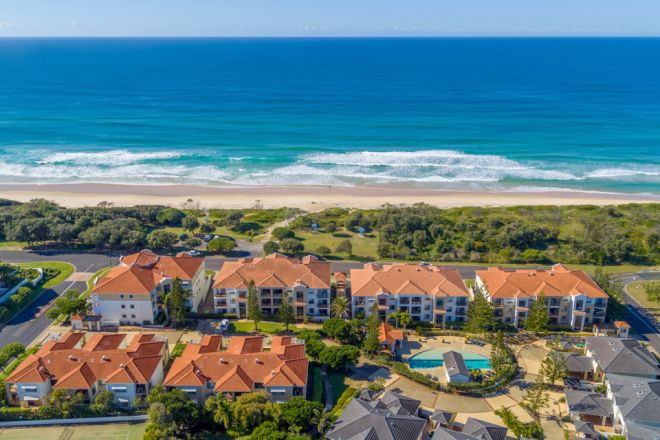
“In Yamba, specifically, the unit market’s been undervalued for a long time, especially in the waterfront areas,” he said. “There’s a correction that’s happening with people leaving urban areas because of the ability to work remotely.”
Many buyers plan to split their time and lease their unit to holidaymakers while they are in the city, and spend part of their time working from home at the beach.
Without enough stock for sale, properties are selling under “fierce competition”, which could be the case for some time yet.
“It’s pretty tough for buyers to get into the market,” Mr Mulvihill said. “I certainly expect it to continue.”
We recommend
We thought you might like
States
Capital Cities
Capital Cities - Rentals
Popular Areas
Allhomes
More
